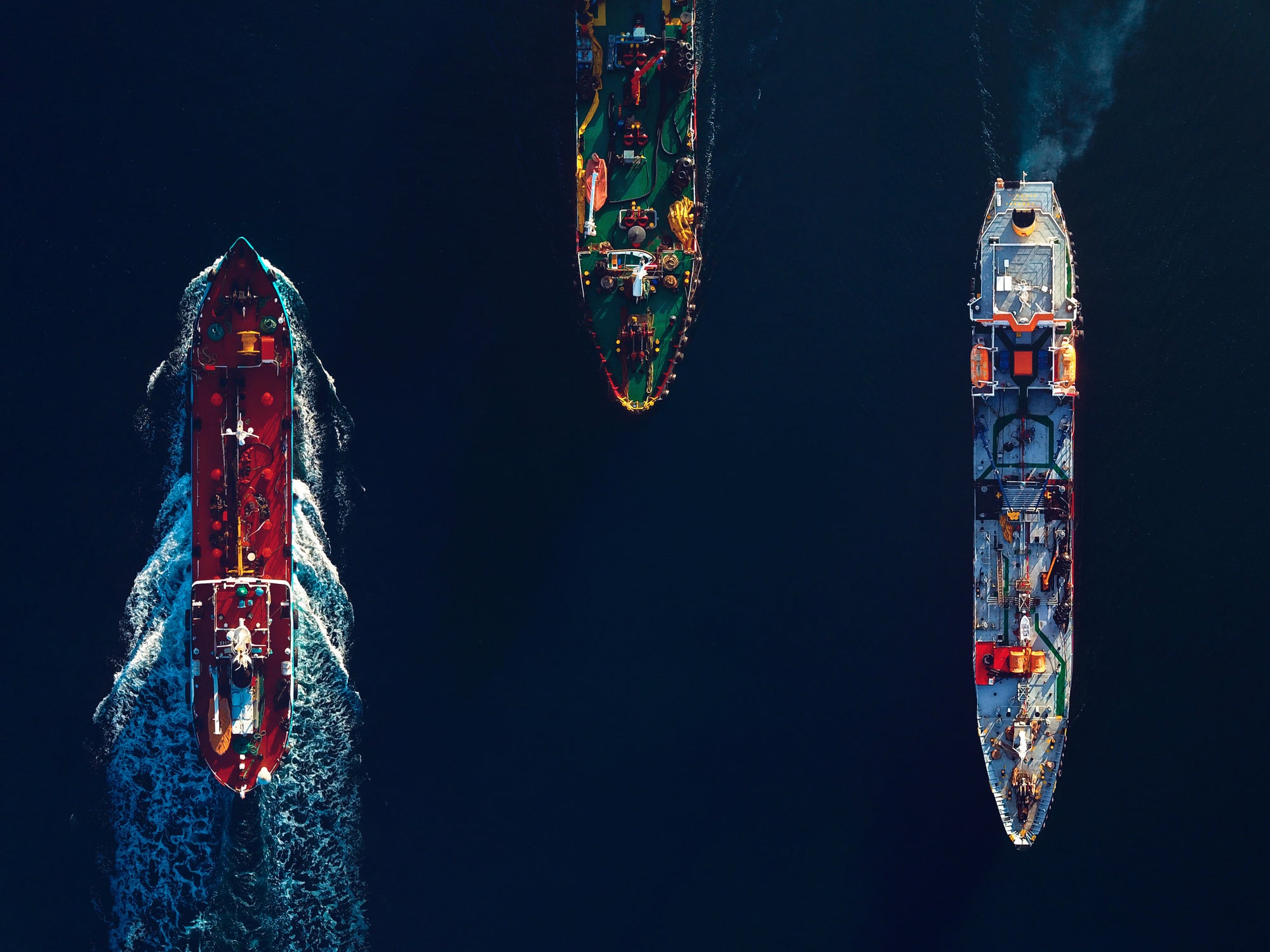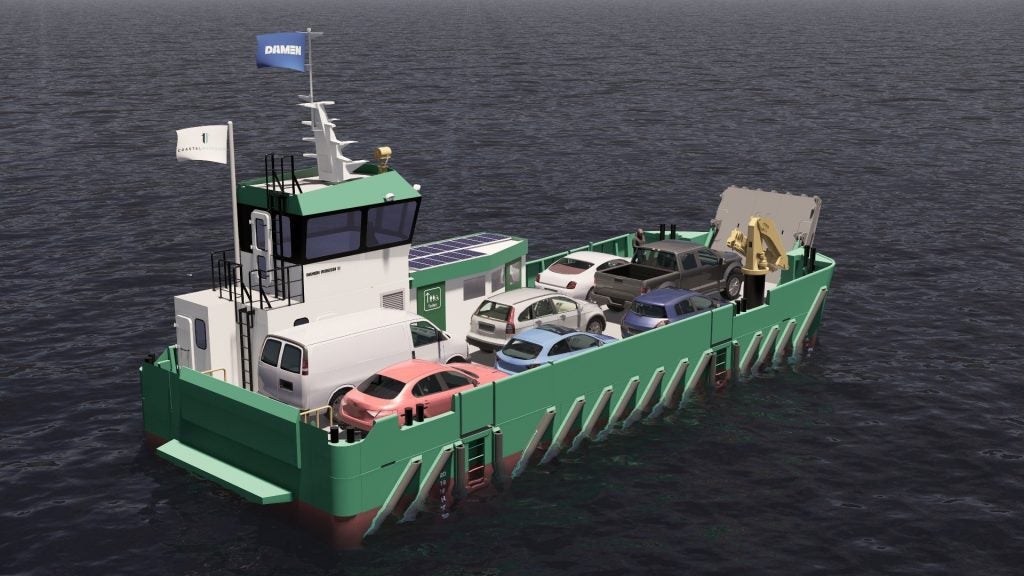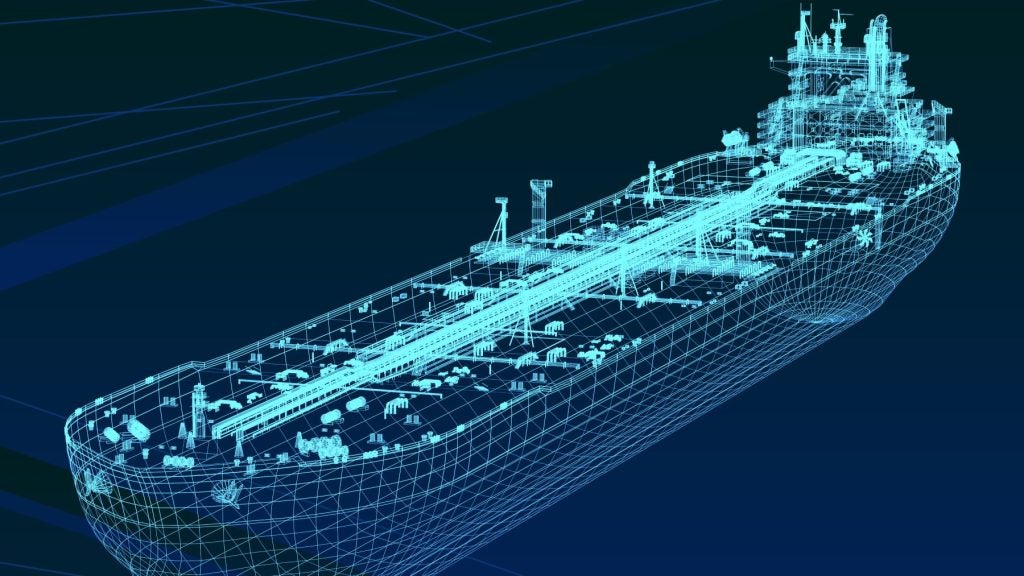
In recent years, the shipping industry has been the only sector with no formal EU commitments to reduce greenhouse gas (GHG) emissions, with the vast majority of negotiations being channelled through the International Maritime Organization (IMO). But with the European Parliament building momentum in its push to make the entire union carbon-neutral by 2050 at the latest, the status quo in shipping looks set to change.
In September, the European Parliament voted to bring the EU’s regulation for monitoring, reporting and verification of marine CO2 emissions (EU MRV Regulation) into alignment with the IMO’s subsequently-adopted global data collection system for fuel oil consumption of ships (global IMO DCS).
While the European Parliament’s Environment Committee rejected some aspects of aligning these overlapping regulatory regimes – for example, on governance and CO2 reporting – in other areas the proposal intends to bring greater harmonisation between the two systems to reduce the administrative burden for industry and improve compliance with reporting obligations.
“[Streamlining] is the preferred option,” according to an EU regulatory proposal document. “Elements such as definitions, the monitoring parameters and the monitoring plans and templates are proposed to be aligned as appropriate.”
Bringing shipping into the EU Emissions Trading System
While the EU/IMO alignment proposals for monitoring and reporting fuel emissions are relatively uncontroversial, the European Parliament vote in September also saw the adoption of two much bolder legislative moves, which have rattled many shipping organisations to the core. In July, the Environment Committee also proposed introducing the first-ever binding CO2 reduction targets for the maritime industry, requesting a 40% drop in carbon emissions per transport work by 2030, which was adopted by the parliamentary vote in September. The vote also adopted a proposal for another first – including maritime transport emissions in the bloc’s Emissions Trading System (ETS).
“Today, we are sending a strong signal in line with the European Green Deal and the climate emergency: monitoring and reporting CO2 emissions is important, but statistics alone do not save a single gram of greenhouse gas,” said committee member and rapporteur Jutta Paulus MEP in July. “That’s why we are going further than the Commission proposal and demanding tougher measures to reduce emissions from maritime shipping.”
How well do you really know your competitors?
Access the most comprehensive Company Profiles on the market, powered by GlobalData. Save hours of research. Gain competitive edge.

Thank you!
Your download email will arrive shortly
Not ready to buy yet? Download a free sample
We are confident about the unique quality of our Company Profiles. However, we want you to make the most beneficial decision for your business, so we offer a free sample that you can download by submitting the below form
By GlobalDataUnder the banner of the EU MRV Regulation, the broad strokes of the European Parliament’s adopted position include a binding 40% reduction target to be achieved by 2030 for all ships. Vessels of 5,000 gross tonnage and above will also be included in the ETS, the world’s first and largest carbon trading scheme.
The proceeds from auctioned allowances under the ETS will be channelled into an ‘Ocean Fund’ to be operated from 2022 and 2030, which will invest in technologies and infrastructure to help decarbonise shipping, including research into emerging alternative fuels, such as hydrogen and ammonia, and zero-emissions propulsion concepts. A fifth of the Ocean Fund’s budget will be earmarked for the conservation and management of marine eco-systems that are being impacted by global warming.
Now that these proposals have been adopted by the European Parliament, the process of hammering out the legislation’s final form in negotiation with member states will begin. The scope of the regulation is set to emerge in the second quarter of 2021.
The industry responds: is the EU overreaching?
Unsurprisingly, the shipping industry is already lobbying hard against extending the ETS to include the sector, which is a pillar of global trade and contributes 2-3% of the world’s total GHG emissions.
“The proposal to extend the EU [ETS] to international shipping ignores global negotiations already underway at the IMO, and risks inflaming trade tensions at a delicate time for the world economy,” International Chamber of Shipping deputy secretary-general Simon Bennett told Splash in September.
In August, meanwhile, Bennett went into greater detail about the trade association’s objections to including shipping in the ETS in an article published by Wärtsilä.
“I think if you try to apply a carbon tax today, I don’t think it would achieve any additional effect on top of the technical and operational improvements that the industry is already delivering,” he said. “Notwithstanding recent dramatic events with oil prices and so forth, generally speaking, fuel is by far the shipowner’s greatest cost. A shipowner would argue that fuel is so expensive anyway, they already have every incentive they need to improve their fuel efficiency.”
Further criticism from liner shipping association the World Shipping Council (WSC) has focused on the geographic scope of the proposed ETS extension, which it said would cost the industry €3.45bn a year, based on a carbon price of €25 per tonne of CO2.
The council has argued that if the ETS extension mirrors the MRV Regulation to which it is attached, it would have a massive geographic area to cover, and represent a massive burden to trans-shipments that are being routed through Europe for onward distribution, potentially bringing extra costs to traders from developing countries whose goods pass through the EU. This would, according to the council’s recent discussion paper, “create significant trade tensions and raise legal and diplomatic concerns about the geographic reach of unilaterally imposed emission charges and operational regulations”.
“If the current MRV geographic scope is used, a majority of the emissions covered by the system would occur outside EU waters, in many cases from voyages extending thousands of miles across the globe,” said WSC president and CEO John Butler. “The cargo concerned is not just EU imports and exports; it is also the imports and exports of the EU’s trading partners. This will create trade tensions and raise legal and diplomatic concerns about the geographic reach of a unilaterally imposed emissions charge. The EU would be well advised to avoid extraterritorial application of the ETS.”
IMO: dragging its feet on climate?
A common theme among almost all of the EU plan’s critics is the assertion that Europe is stepping on the toes of the IMO, as the key forum for negotiating international shipping agreements, including decarbonisation efforts.
“Ironically, far from galvanising efforts in the IMO to implement global measures to curb CO2 emissions, an EU ETS is more likely to prevent a global solution,” said Butler. “It is unlikely that a government that has set up its own revenue-generating emissions system will dismantle it in favour of a global one. The EU wants to lead the effort to decarbonize shipping, and that leadership needs to be channelled through the IMO, which is the only place where a global solution can be reached.”
In a September interview with TradeWinds, DNV GL maritime chief executive Knut Orbeck-Nilssen agreed that “shipping requires international regulations”, but acknowledged that slow progress at the IMO is fuelling regional attempts to take the decision out of the global organisation’s hands.
“We do see that local and regional lawmakers are increasingly demonstrating impatience and distress with the IMO progress,” said Orbeck-Nilssen.” We are facing a situation where idealism and localism spelled trouble for international shipping.”
While the IMO has made significant steps in reducing harmful sulphur oxide emissions from ship fuel, and as of April 2018 has set an ambition to reduce the industry’s total carbon emissions by at least 40% by 2030 (a goal echoed by the new EU requirement), and by up to 70% by 2050. But discussions on how to actually reach these goals – which won’t be possible without major disruption – have been too slow for many critics. Indeed, the text of the EU’s shipping ETS proposal specifically mentions “the slow and insufficient progress made by IMO” in curbing the sector’s emissions.
“[The carbon market extension to shipping] should inject urgency into the global talks that are advancing at a snail’s pace – the IMO should realise that if it continues to drag its feet more regional and national efforts are to be expected,” said Carbon Market Watch policy officer Wijnand Stoefs in the wake of the European Parliament vote in September. “We urge the full European Parliament and EU governments to support this in order to ensure the shipping sector delivers its fair share of climate action.”
With member state negotiations now kicking off and the full scope of the new regulations still months away, there is an expanse of clear blue water between now and these measures coming into force across Europe (and the world), and there may well be changes based on input from industry and individual member states. For example, the EU’s previous attempt to include aviation carbon trading on all flights arriving or departing from European airports was scaled back, after extensive lobbying, to limit the scheme to only flights within Europe. This time, the European Parliament may again find itself over-extended in its efforts to enforce its carbon trading scheme on ships that predominantly operate outside EU waters.
But the scale of the climate challenge is such that there’s precious little time to set a meaningful roadmap to a less carbon-intensive shipping sector. Decarbonising shipping – as in many other sectors – requires strong leadership, and if the IMO continues to lead at a snail’s pace, it shouldn’t be surprised if a regional power like the EU, which has been angling for stronger environmental regulation of shipping for years, steps in and attempts to fill the vacuum.






